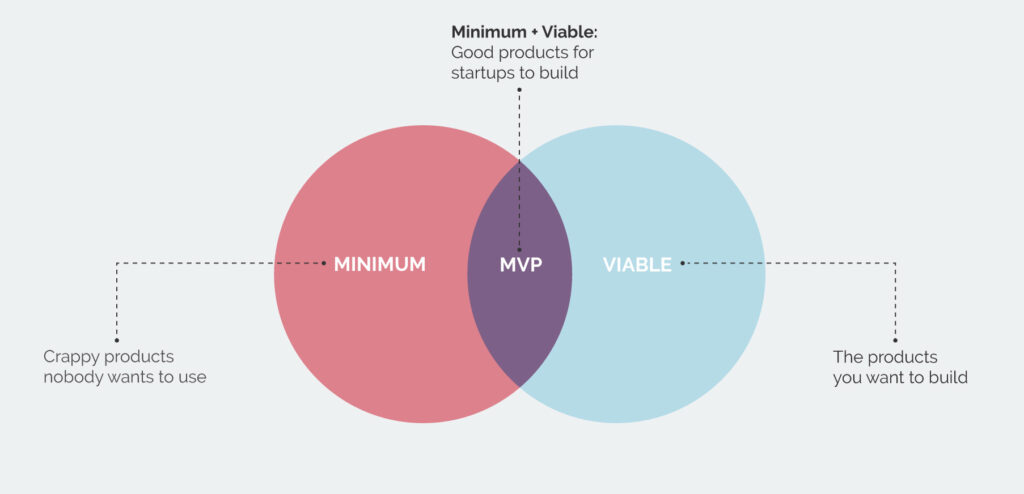MVP, minimum viable product: how to insure a project against failure
According to official statistics, about 92% of all startups fail. Such a high rate indicates that it is extremely difficult to succeed, and it is necessary to try to reduce all risks when launching a project. One way to do this is MVP, or a minimum viable product.
The concept was introduced in 2001 and is mostly used for products in the IT segment. So what is a minimum viable product? Frank Robinson, the author of the concept, says that the development of a project should be accompanied by the analysis of the target audience and its reaction to the idea. Simply put, when creating a product, one must simultaneously gather information about how practical and interesting it is to users.
A minimum viable product can be of various readiness categories. Moreover, in the early stages, such a process can be carried out at a low cost, and the information obtained will be extremely valuable for the further development of the project.
It should be understood that MVP is not a prototype, but a fully functional system that allows consumers to fully understand the product and evaluate its benefits.

The development of a minimum viable product gives the opportunity to test the hypotheses of the business model and understand whether they will bring the expected result. The main purpose of this approach is to reduce the time and labor costs for testing the idea, and analysis of reactions to the project after it is already on the market.
Thanks to MVP one can adjust the approach, improve product features, and plan further steps of idea development, e.g. future updates and versions in the process of creation.
In IT, there are different types of a minimum viable product.
- A product with a single parameter. Represents a program or application that has 1-2 functions, and they are enough to test the prospects for the development of the idea. If initially, the project is not interesting to users, then there is no point in continuing to work on it.
- A disjointed product. This approach is used when the project idea does not require the implementation of unique solutions, and it can be implemented by combining already ready-made programs. After testing, you can move on to the development of unique software.
- The Wizard of Oz and Concierge have similarities. In this case, the company creates a minimum viable product based not on technology, but on manual labor. This approach reduces costs at the initial stage of project creation. Moreover, in the case of the Wizard, the fact of using people instead of algorithms is not advertised, and in the Concierge approach, such information is not hidden.
MVP works great for the IT sector, where the initial investment can be large and the result can be zero. The concept allows you to take a realistic look at the idea and see if it needs to be developed or if you should focus on something else.




